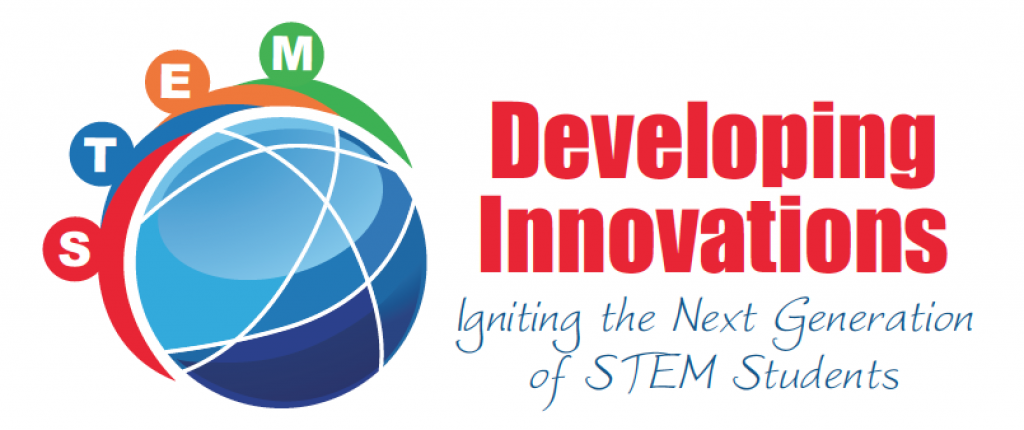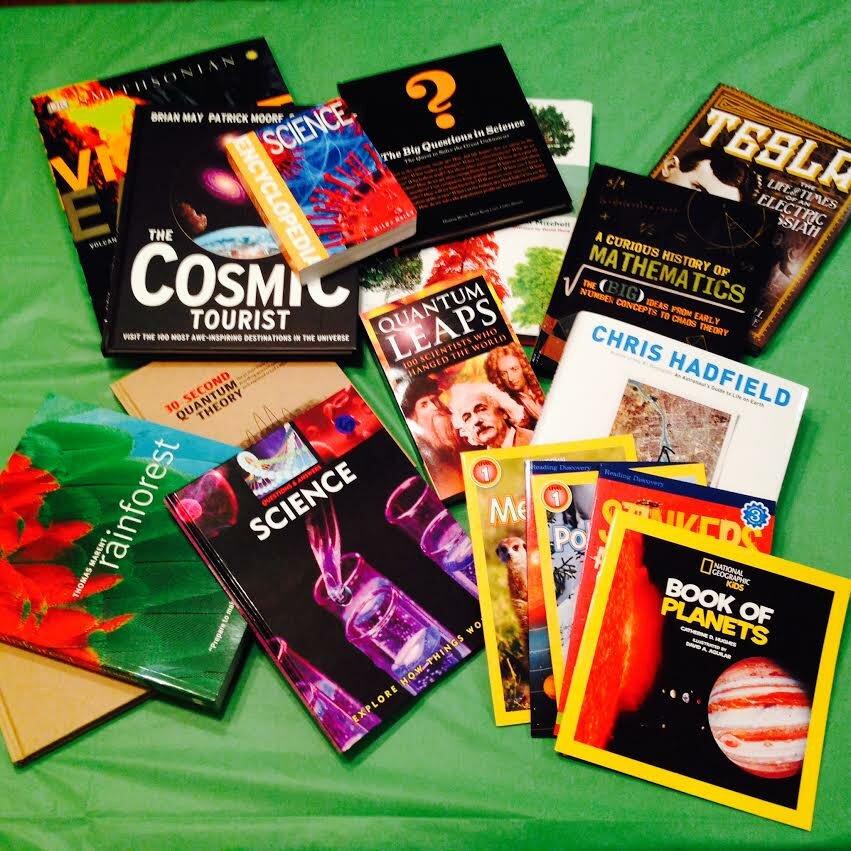STEM Books
Science Books
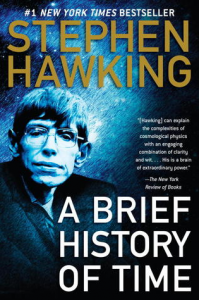
Book: A Brief History of Time
Author: Stephen Hawking
Publisher: Random House Publishing Group, September 28, 1998
Overview:
From the time of the ancient Greeks through the present time, this historical overview of cosmology is told by one of the most famous and fascinating scientists today.
In the ten years since its publication in 1988, Stephen Hawking’s book has become a landmark volume in scientific writing, with more than nine million copies sold worldwide. That edition was on the cutting edge of what was then known about the nature of the universe. But the last decade has seen extraordinary advances in the technology of observing both the micro- and the macrocosmic worlds, confirming many of Professor Hawking’s theoretical predictions. Eager to bring to his original text the new knowledge revealed by these observations, he has written a new introduction, updated the original chapters throughout, and added an entirely new chapter on the fascinating subject of wormholes and time travel.
Technology Books
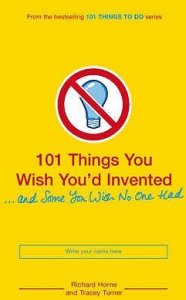
Book: 101 Things You Wish You’d Invented … And Some You Wish No One Had
Author: Richard Horne
Publisher: Walker and Company, August 2008
Age Range: 12-17 Years
Overview:
How did we ever end up with Morse code, X-rays, toilet paper? In this book, you will discover 101 of the most interesting, most dangerous, and most unnecessary inventions out there. Make something, invent something, or just impress your friends with your increased knowledge about where all those crazy contraptions came from.
Engineering Books
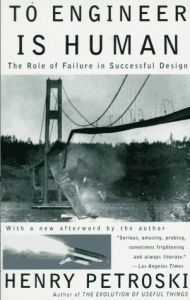
Book: To Engineer Is Human – The Role of Failure in Successful Design
Author: Henry Petroski
Publisher: Knopf Doubleday Publishing Group, March 31, 1992
Overview:
How did a simple design error cause one of the great disasters of the 1980s — the collapse of the walkways at the Kansas City Hyatt Regency Hotel? What made the graceful and innovative Tacoma Narrows Bridge twist apart in a mild wind in 1940? How did an oversized waterlily inspire the magnificent Crystal Palace, the crowning achievement of Victorian architecture and engineering? These are some of the failures and successes that Henry Petroski, author of the acclaimed The Pencil, examines in this engaging, wonderfully literate book. More than a series of fascinating case studies, To Engineer Is Human is a work that looks at our deepest notions of progress and perfection, tracing the fine connection between the quantifiable realm of science and the chaotic realities of everyday life.
Math Books
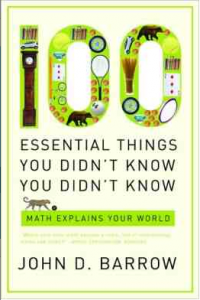
Book: 100 Essential Things You Didn’t Know You Didn’t Know – Math Explains Your World
Author: John D. Barrow
Publisher: W. W. Norton, May 2010
Overview:
Have you ever considered why you always get stuck in the longest line? Why two’s company but three’s a crowd? Or why there are six degrees of separation instead of seven? In this hugely informative and endlessly entertaining book, John D. Barrow takes the most baffling of everyday phenomena and—with simple math, lucid explanations, and illustrations—explains why they work the way they do. His witty, crystal-clear answers shed light on the dark and shadowy corners of the physical world we all think we understand so well.
